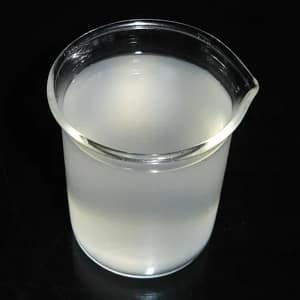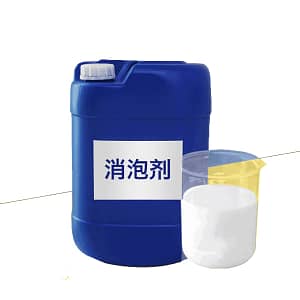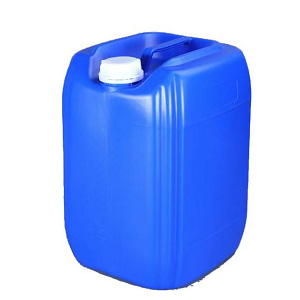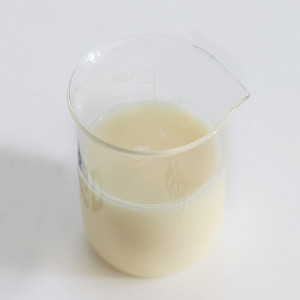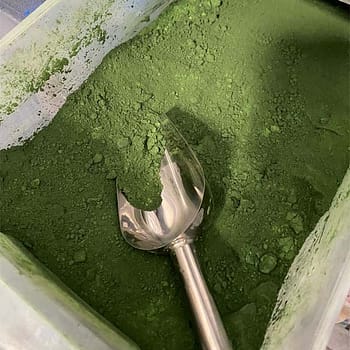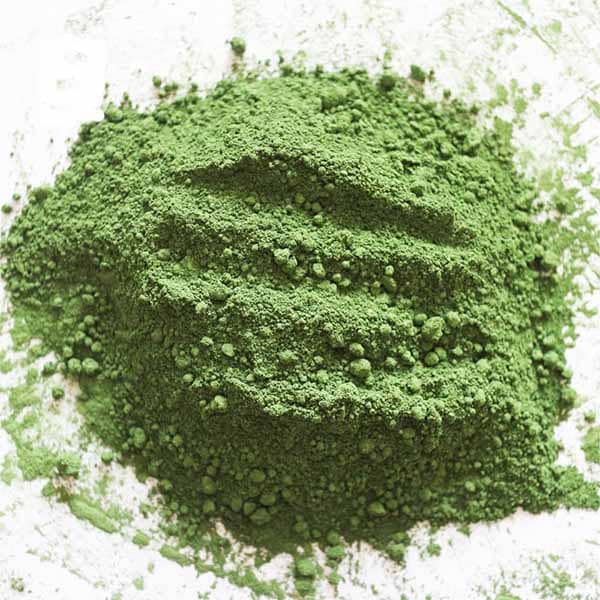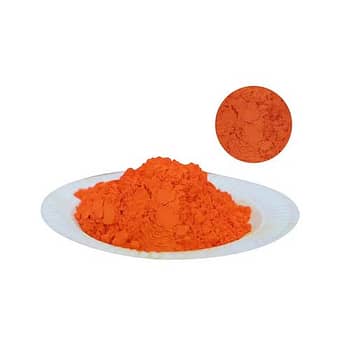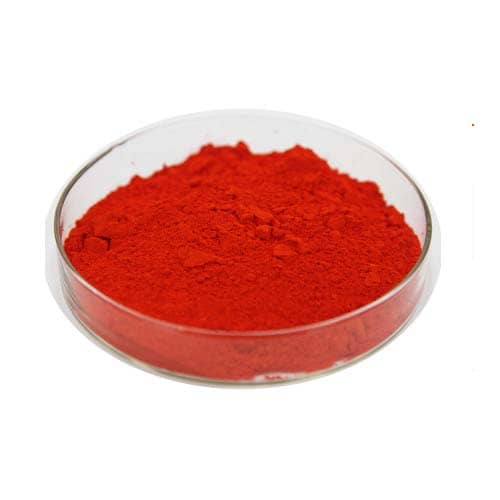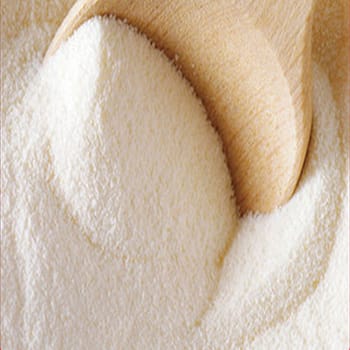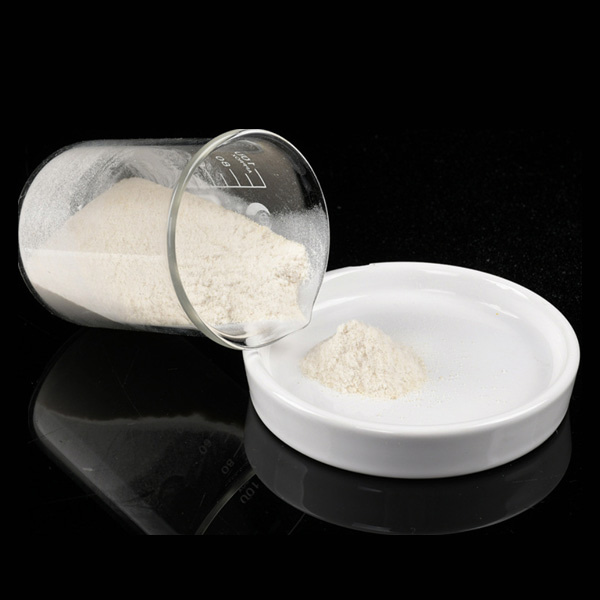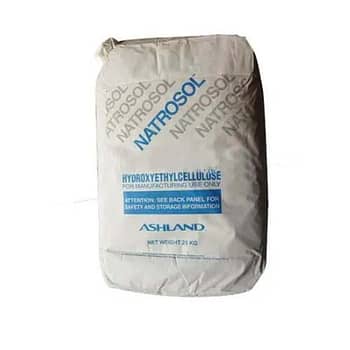Defoamer For Water Based Paint
What is the defoamer ?
Defoamer is an additive that eliminates foam. A large amount of foam will be generated during the production and application process in the fields of coatings, textiles, medicine, fermentation, papermaking, water treatment and petrochemical industry, which will affect product quality and production process. Based on the suppression and elimination of foam, a specific amount of defoaming agent is usually added during production.
Properties and uses of defoamer
Defoamer should have the following properties:
① Strong defoaming power and low dosage;
② Adding to the foaming system does not affect the basic properties of the system, that is, it does not react with the system being defoamed;
③Small surface tension;
④ Good balance with the surface;
⑤Good heat resistance;
⑥Good diffusivity and permeability, and high positive spreading coefficient;
⑦Chemical stability and strong oxidation resistance;
⑧Good gas solubility and permeability;
⑨Small solubility in foaming solutions;
⑩No physiological activity and high safety.
Agentes antiespumantes are widely used in food industry, paper industry, water treatment, oil production industry, printing and dyeing industry, coating industry, detergent industry, rubber latex industry, aerosol industry, daily chemical industry, pharmaceutical industry, dairy industry, etc. .
Classification of defoamer
Defoaming agents can be classified in many ways according to different classification standards. For example, according to form, they can be divided into five categories: solid particle type, emulsion type, dispersion type, oil type and paste type;
According to the application of defoaming agents in different industrial productions, they can be divided into textile industry defoaming agents, paper industry defoaming agents, coating industry defoaming agents, food industry defoaming agents and petroleum industry defoaming agents, etc.;
According to the chemical structure and composition of defoaming agents, they can be divided into mineral oils, alcohols, fatty acids and fatty acid esters, amides, phosphates, silicones, polyethers, and polyether-modified polysiloxanes. Foaming agent.
The following introduces the four types of non-silicon type, polyether type, silicone type and polyether modified silicone type.
Non-silicon type
Non-silicon defoamer mainly include alcohols, fatty acids, fatty acid esters, phosphates, mineral oils, amides and other organic substances. Commonly used amides include monoamides, bisamides, etc., in addition to trialkyl melamine, cyanide Ureayl chloride, melamine, fatty amines and other nitrogen-containing compounds;
Phosphate esters include monoalkyl phosphates, dialkyl phosphates and fluorinated alkyl phosphates, etc., which are often used for defoaming in paint detergent products;
Carboxylates include three types of substances: fatty acids, such as lauric acid, palmitic acid, etc.;
Fatty acid esters, such as fatty acid glycerides, animal and vegetable oils, etc.;
Fatty acid soaps, such as calcium, aluminum, and magnesium soaps of stearic acid and palmitic acid;
Fatty alcohols and ethers include straight-chain and branched-chain alcohols and ethers.
This type of defoaming agent is cheap. It is suitable for use under conditions where the liquid shear force is small and the foaming ability of the surfactant contained is relatively mild. Its preparation raw materials are easy to obtain, have high environmental protection performance, and low production costs. However, The defoaming efficiency of dense foam is low, and due to its strong specificity, its market share has been shrinking.
In some special industries, such as strong acid and alkali, acid and alkali-resistant non-silicon defoaming agents such as polytetrafluoroethylene are needed.
Polyether type
Polyether defoamer is a copolymer of ethylene oxide and propylene oxide, which mainly utilizes the different characteristics of its solubility at different temperatures to achieve defoaming effects.
At low temperatures, polyether disperses into water. As the temperature continues to rise, the hydrophilicity of the polyether gradually decreases until the cloud point reaches the cloud point, causing the polyether to become insoluble, thus exerting its defoaming effect.
During the preparation process, the cloud point can be changed by adjusting the type of polyether and the proportion of raw materials, so it can be used in different industries.
Polyether defoamer has excellent properties such as strong foam suppression ability and high temperature resistance. The disadvantage is that it has certain toxicity, the use conditions are limited by temperature, the foam breaking rate is not high, and the application field is narrow.
If a large amount of foam is generated, the foam cannot be eliminated quickly, and a defoaming agent must be re-added to achieve the defoaming effect.
Polyether defoaming agents are mainly divided into GP type, GPE type and GPES type.
GP type can be obtained by polymerizing propylene oxide and ethylene oxide, or propylene oxide and glycerol. Its foam-suppressing ability in the foaming medium is higher than its defoaming ability. It is commonly used as defoaming agent in the production of biopesticides and yeast.
GPE type defoaming agent mainly adds ethylene oxide to the end of the polypropylene glycol chain segment (GP type defoaming agent) to become a hydrophilic polyoxyethylene oxypropylene glycerol chain end. It is easily soluble in the medium and has strong defoaming ability, but its solubility is also relatively large and its foam inhibitory performance is poor. It is often used in the pharmaceutical industry as a defoaming agent in the antibiotic fermentation process.
GPES type is a new polyether type defoaming agent obtained by esterifying the chain end of GPE type defoaming agent with stearic acid. Because the molecules of this structure have increased lipophilicity and reduced hydrophilicity, they are easy to gather at the gas-liquid interface, so the defoaming efficiency is high.
Silicone type
Polydimethylsiloxane (also called silicone oil) is the main component of silicone-based defoamer.
Compared with H2O and ordinary oils, silicone oil has smaller surface tension and is suitable for both water-based and oil-based foaming systems.
Among H2O and ordinary oils, silicone oil has high activity and low solubility. Its basic characteristics are stable chemical properties, wide range of use, low volatility, non-toxicity, and outstanding defoaming ability. The disadvantage is poor foam suppression performance.
The types of defoaming agents of this type mainly include solid type, emulsion type, solution type and oil type.
Solid defoaming agents have the characteristics of good stability, simple process, easy transportation and convenient use. It is suitable for both oil phase and water phase, and its medium dispersion is also relatively outstanding. It is widely used in the field of low (no) foaming laundry detergent.
The silicone oil in emulsion-type defoamer has a large tension and is difficult to emulsify. Once the emulsifier is improperly selected, it will cause the defoamer to stratify and deteriorate in a short period of time.
The stability of the emulsion is extremely critical to the quality of the defoamer, so the preparation of emulsion silicone defoamer focuses on the selection of emulsifier.
At the same time, emulsion-type defoaming agents are cheap, have a wide range of applications, and have obvious defoaming effects. They are used in the largest amount among silicone defoaming agents.
With the advancement of formulation technology, emulsion-type defoaming agents will have greater development.
Solution-type defoamer is a solution made of silicone oil dissolved in a solvent. Its defoaming principle is: the solvent is used to carry the silicone oil components and disperse them in the foaming solution. In this process, the silicone oil will gradually condense into droplets. This completes defoaming.
Silicone oil is dissolved in non-aqueous organic solution systems, such as polychlorethane, toluene, etc., and can be used as an antifoaming solution for oily solutions.
Silicone oil is dissolved in an aqueous system solution, such as ethylene glycol, glycerol, etc., and can be used as an aqueous solution to defoam.
It should be noted that while the solvent improves the dispersion of the defoaming agent, its cost will also increase. If the stirring speed and intensity during the preparation process are insufficient, although the solvent is easily diffused, the silicone oil will condense into large particles and defoaming. Less active oil beads.
The higher cost dimethicone is usually suitable for defoaming oil-soluble solutions. Generally speaking, low-viscosity defoaming agents are selected for high-viscosity foaming systems, and high-viscosity defoaming agents are selected for low-viscosity foaming systems.
Polyether modified silicone type
This type of defoaming agent is a silicon ether copolymer obtained by modifying and grafting polyether segments or polysiloxane segments.
It organically combines the advantages of the two to obtain a new type of high-efficiency defoaming agent. It has the advantages of good dispersion, strong anti-foaming ability, stability, non-toxicity, low volatility and strong defoaming effect.
Reverse solubility: Because the molecule contains polyether segments, it has the cloud point characteristics of polyether defoaming agents, and can easily select suitable polysiloxane polyether defoaming agents based on the temperature requirements for system defoaming.
Self-emulsifying property: Since the siloxane chain segment and the polyether chain segment have different repellencies and affinity for solvents, when the polyether modified silicone defoamer is added to the solvent, the polyether chain segment stretches outside and the polysiloxane chain segment stretches outside. The alkane segments are curled inside, forming a dispersed state called “self-emulsifying”.
Under the action of self-emulsification, the defoaming agent can be quickly and evenly dispersed in the foaming liquid. Its stability is outstanding, which is beneficial to the full development of foam suppression and defoaming functions. Adjusting the ratio of polyether chain segments and siloxane chain segments can make the defoaming agent suitable for foaming solutions of different properties.
Defoamer agent selection considerations
The physical and chemical properties of an ideal defoamer must meet the requirements of the system in which it is used. Generally speaking, the following requirements must be considered when selecting a defoamer:
(1) Tiene una fuerte capacidad antiespumante y puede eliminar eficazmente la espuma cuando se usa una cantidad muy pequeña;
(2) Tiene una tensión superficial menor que la del sistema que se está desespumando;
(3) La adición de agente antiespumante no afectará el rendimiento básico del sistema que se está desespumando;
(4) Insoluble en el sistema que se está desespumando y no fácilmente solubilizado por los tensioactivos del sistema;
(5) El equilibrio de la tensión superficial debe ser bueno;
(6) No reacciona con el medio a desespumar, ni será descompuesto ni degradado por él, y tiene buena estabilidad química;
(7) Tiene buena difusividad y permeabilidad, tiene un coeficiente de difusión positivo en el medio de espuma y tiene la capacidad de extenderse rápidamente sobre la superficie de la espuma;
(8) Buena resistencia al calor y no perderá eficacia a altas temperaturas;
(9) Tiene buena solubilidad y permeabilidad al gas;
(10) Tiene alta actividad fisiológica y seguridad en el sistema a desespumar, y el agente desespumante en sí es una sustancia no tóxica o poco tóxica;
(11) Tener baja demanda química de oxígeno (DQO), demanda bioquímica de oxígeno (DBO) y demanda total de oxígeno (DOT);
(12) Tiene buena estabilidad en almacenamiento;
(13) Tiene un efecto antiespumante a largo plazo. Algunos agentes antiespumantes pueden desespumar rápidamente, pero perderán eficacia con el tiempo;
(14) Bajo costo;
(15) No aumenta la viscosidad superficial de la solución acuosa de tensioactivo.
It is difficult for defoaming agents to meet the above requirements at the same time and can only meet the requirements of the system being defoamed in terms of main performance.
Each defoaming agent can only be effective for a certain system or several systems. A variety of different defoaming agents can also be used for the same foam system. Because of this, users should conduct experiments and choose the most effective and economical one. Defoaming agent
